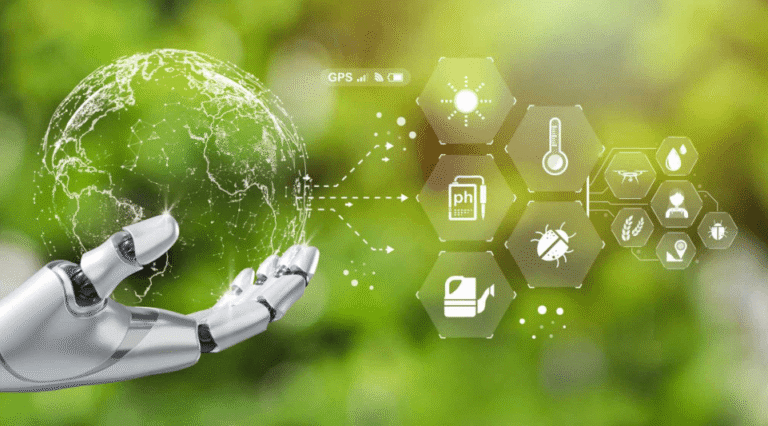The Role of Digital Twins in Smart Cities
Digital twins represent a transformative technology in the realm of smart cities. These virtual models enable urban planners to visualize, analyze, and optimize infrastructure and services in real-time. By simulating various scenarios, digital twins can enhance decision-making processes, particularly in addressing sustainability concerns. However, the integration of this technology also raises questions about data security and scalability. Understanding these complexities is essential to harnessing their full potential. What implications might this hold for future urban environments?
Understanding Digital Twins and Their Significance
Digital twins represent a transformative technology in the realm of smart cities, serving as virtual replicas of physical entities, processes, or systems.
Smart city frameworks are adopting QR code integration to connect real-world infrastructure with its digital twin counterpart.
They enhance data visualization and enable real-time monitoring, allowing urban planners to analyze and optimize city infrastructures dynamically.
This innovative approach fosters informed decision-making, empowering communities to adapt and thrive, ultimately promoting a more resilient and responsive urban environment.
Applications of Digital Twins in Urban Planning
As urban planners increasingly seek innovative solutions to complex city challenges, the integration of digital twins offers significant advantages in urban planning processes.
By enabling urban simulation, these digital models allow for real-time analysis and visualization of city dynamics.
Furthermore, they enhance infrastructure optimization, facilitating data-driven decision-making that can lead to more efficient resource allocation and improved urban environments, ultimately empowering citizens.
See also: The Role of Data Science in Environmental Conservation
Enhancing Sustainability Through Digital Twins
While cities grapple with the pressing challenges of climate change and resource scarcity, the adoption of digital twin technology emerges as a transformative approach to enhancing urban sustainability.
By facilitating real-time data analysis, digital twins enable resource optimization and informed decision-making, promoting sustainable development.
This innovative technology empowers urban planners to simulate and evaluate potential interventions, fostering a resilient and eco-friendly urban environment.
Future Prospects and Challenges of Digital Twins in Smart Cities
The integration of digital twins in smart cities presents significant opportunities for urban innovation, yet it also brings forth a series of challenges that must be addressed to fully harness their potential.
Key issues include effective data integration and the reliability of predictive modeling, which are essential for informed decision-making.
Overcoming these hurdles will determine the extent to which digital twins can revolutionize urban landscapes.
Conclusion
In conclusion, digital twins emerge as the architects of smart cities, akin to Daedalus crafting wings for Icarus, offering innovative solutions while demanding caution. Their ability to simulate, analyze, and optimize urban landscapes heralds a transformative era in urban planning, enabling cities to rise resiliently amidst climate challenges. However, as with any technological marvel, the path forward requires careful navigation of ethical and practical dilemmas, ensuring that these digital replicas serve as tools for sustainable growth and community well-being.




